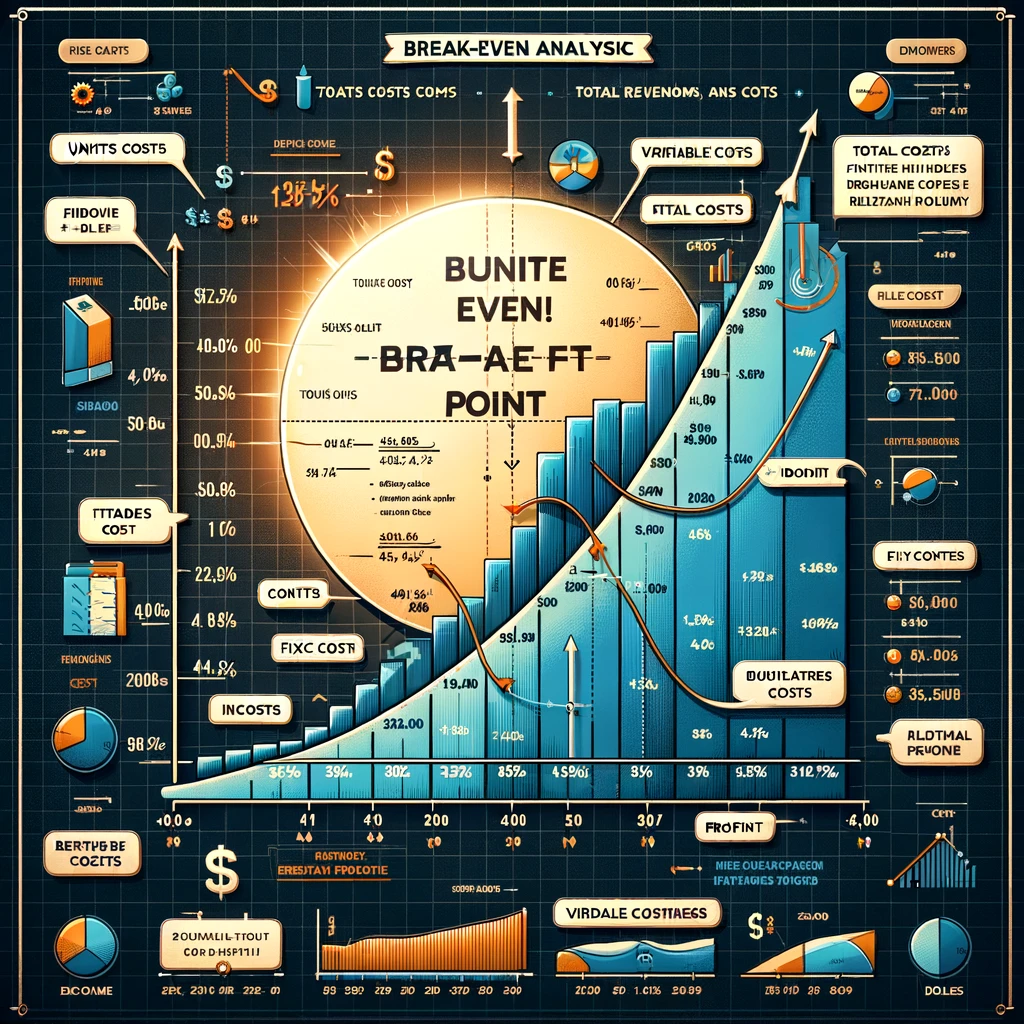Vision statement specifies the long term aspirations of a business; where it ultimately wants to be. It often describes how the organisation wants to be perceived. They aim to influence the consumers’ perception of the business.
Mission statement a declaration of the underlying purpose of an organisation’s existence and its core values. This statement is updated more frequently than a vision statement.
Three levels of objectives can be distinguished:
Strategic objectives: the senior leadership sets the long-term goals, determines the actions necessary to achieve the goals and mobilises resources to execute the actions. (affects: whole company) How will the goals/aims be achieved by the resources?
Tactical objectives: middle management develops medium-term action plans to achieve the strategic objectives of an organisation. (affects: department)
Operational objectives: lower management develops short-term, day-to-day action plans to achieve the tactical objectives of the organisation as efficiently as possible. (affects: teams)

The conceptual framework of vision and mission statements, alongside the hierarchy of organizational objectives—strategic, tactical, and operational—provides a blueprint for businesses to define their purpose, articulate their aspirations, and outline the steps necessary to achieve their goals. For IB Business & Management students, understanding these elements is crucial for grasping how businesses navigate from their overarching aspirations to day-to-day operational activities. This detailed exploration examines the nature and importance of vision and mission statements, the differentiation between strategic, tactical, and operational objectives, and illustrates these concepts with industry examples.
Vision and Mission Statements
Vision Statement
A vision statement outlines the long-term aspirations of a business, depicting where it aims to be in the future. It serves as a guiding beacon for the organization, inspiring stakeholders and shaping the company’s direction.
Example: Tesla, Inc.’s vision is to “create the most compelling car company of the 21st century by driving the world’s transition to electric vehicles.” This vision guides Tesla’s long-term strategy and reflects its desire to lead in sustainable transportation.
Mission Statement
The mission statement defines the organization’s core purpose and values, explaining why it exists and how it serves its stakeholders. It’s more focused on the present and guides the company’s current operations and strategies.
Example: Google’s mission is “to organize the world’s information and make it universally accessible and useful,” which succinctly captures the essence of its operations, products, and services, providing a clear purpose for its actions.
Levels of Objectives
Strategic Objectives
Strategic objectives are set by senior leadership and outline the long-term goals of the organization. These objectives define the direction and scope of the company at a broad level, determining how resources will be allocated to achieve these goals.
Example: Amazon aims to be “Earth’s most customer-centric company.” This strategic objective drives decisions at all levels of the company, from developing new products and services like Amazon Prime to expanding into new markets.
Tactical Objectives
Tactical objectives are developed by middle management and involve medium-term plans designed to implement the strategic objectives. These objectives are more specific than strategic ones and are often department-focused.
Example: Microsoft’s introduction of cloud computing services through Azure was a tactical objective aligning with its strategic goal of leading in enterprise services and cloud solutions, facilitating a shift towards software as a service (SaaS).
Operational Objectives
Operational objectives are set by lower management and focus on the short-term, day-to-day operations of the organization. These objectives ensure the efficient and effective execution of tactical plans at the operational level.
Example: A retail chain like Walmart may have operational objectives related to inventory management, aiming to reduce stockouts and overstock situations in each store to improve customer satisfaction and reduce costs.
Conclusion
Vision and mission statements, along with strategic, tactical, and operational objectives, form a comprehensive framework that guides businesses from their aspirational goals to practical, daily operations. These elements are critical for aligning the organization’s efforts across different levels, ensuring that every action contributes to the overarching purpose and long-term aspirations. The examples of Tesla, Google, Amazon, Microsoft, and Walmart illustrate how clear vision and mission statements, coupled with well-defined objectives, are pivotal in driving business success, innovation, and sustainability. For IB Business & Management students, these insights underscore the importance of strategic planning and effective management in achieving business excellence.
Frequently Asked Questions: Mission vs. Vision Statements
What is the core difference between a Mission Statement and a Vision Statement?
- A Mission Statement defines the company's fundamental purpose - **what it does currently**, who it serves, and how it serves them. It answers the question, "Why do we exist?"
- A Vision Statement describes the company's desired future state - **what it aspires to become** or achieve. It paints a picture of success and answers the question, "What do we want to be?"
How are Mission Statements and Vision Statements related?
Which comes first: the Mission or the Vision Statement?
What makes a good Mission or Vision Statement?
- Clear and Concise: Easy to understand and remember.
- Inspiring: Motivate employees and stakeholders.
- Relevant: Reflect the true nature and aspirations of the organization.
- Unique: Differentiate the organization from others.
- Achievable (Vision): While aspirational, should feel possible.
Are there other related statements, like Value Statements?
Where might I see examples of Mission and Vision Statements?
- On company websites (often in the "About Us" section).
- In annual reports and corporate documents.
- In strategic planning materials.
- Online business resources and articles that compile examples from famous companies (like Apple, Amazon, Google, Nike, Starbucks, etc.).





